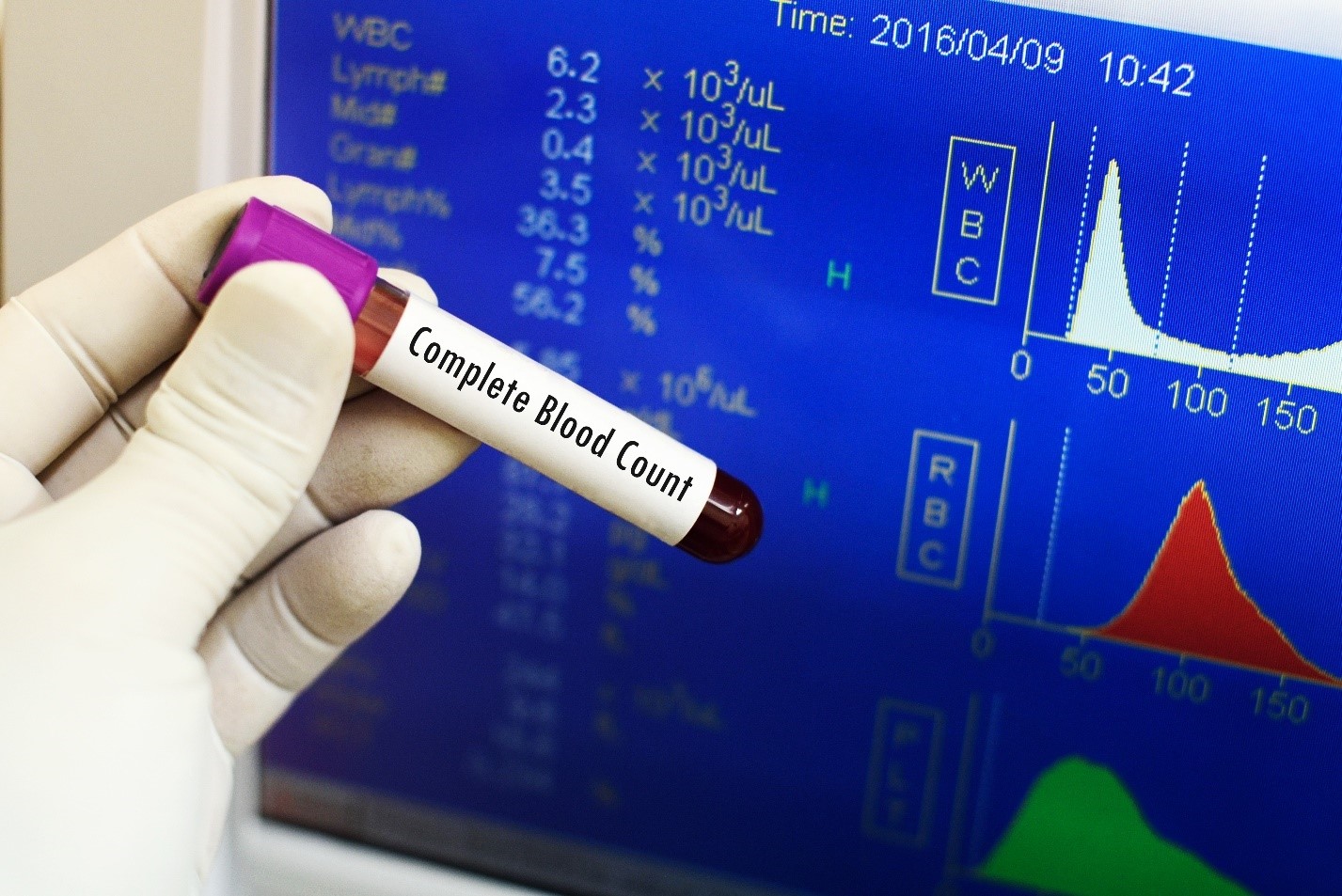
The needle is small. The silence is bigger. A tube fills. Labels are printed. Most people forget this moment by the time they leave the room. But in that small volume of blood, so much is hiding. A complete blood count doesn’t shout. It whispers. And yet, the stories it holds stretch far beyond that sterile space.
No one really explains what those numbers mean on paper. Not until something’s wrong. White cells. Red cells. Platelets. They’re lined up like clues, waiting for attention. But few know how to read them. Even fewer know what shifts matter. The CBC isn’t dramatic. It doesn’t show an image. It doesn’t offer sound. Just quiet data, tucked inside a line.
Still, patterns form there. Slow changes. Unexpected spikes. Quiet dips. And sometimes, the first sign of something bigger begins with a decimal that looks just slightly off.
Your Body Doesn’t Always Yell, But the Blood Often Does First
You might feel fine. No cough. No pain. But the CBC doesn’t care about how you feel. It’s watching what your body is doing, not what you’re saying. That’s where its strength lies. Long before symptoms show, the blood begins adjusting. Reacting. Preparing.
Maybe your white blood cells creep higher. Maybe they drop suddenly. These aren’t just numbers—they’re alarms. But they don’t ring loudly. Just a shift. A slow tilt. Often missed in the noise of everyday life.
People tend to wait for pain before acting. But the CBC sees what’s under the surface. Sometimes, it’s the only early warning. A quiet nudge before the storm arrives. And if no one’s watching, it passes unnoticed.
It’s Not Just About What’s High or Low
Everyone looks for the arrows. Up or down. Too much or too little. But the meaning isn’t always in extremes. It’s in combinations. A slightly low hemoglobin might not matter. But paired with elevated platelets, it starts to whisper.
The CBC is about context. About how things relate, not just what they measure. A normal range can still hide patterns. Especially if values shift over time. That’s where attention matters. One test means little alone. But patterns build.
Sometimes, the numbers stay within limits, yet still feel off. That’s not imagination. It’s physiology preparing for something unseen. And unless someone listens closely, it’s lost.
Something That Looks Fine May Still Be Changing Quietly
Normal doesn’t always mean healthy. It often just means unnoticed. When everything appears “fine,” fatigue still lingers. Headaches continue. Dizziness returns. And the blood knows.
A red cell count on the edge. A mean corpuscular volume that slides one number higher. On paper, they don’t look urgent. But together, they start painting something different. Early nutrient deficiency. Chronic inflammation. Bone marrow slowing down.
People expect clear signs from the body. Sharp pains. High fevers. But blood rarely does drama. It chooses subtlety. A sideways step. An unusual cluster. It only works if someone notices.
The Numbers Are Only Half the Story Without a Timeline
Looking at a CBC once tells very little. It’s a snapshot. A single frame. But bodies are in motion. Cells shift daily. Life alters chemistry. What matters most is change.
A hemoglobin that drops slightly in three months says more than a single result. A count that rises twice in a row asks more questions than one that spikes and settles. Patterns make the picture. Repetition is more telling than peaks.
Doctors often ask for repeat tests. It frustrates people. But the blood needs context. It’s not about one loud result. It’s about quiet change repeating itself. That’s how clues turn into answers.
When Your Immune System Moves, the CBC Notices First
White blood cells don’t wait. When infection begins, they act. Whether it’s a common cold or something deeper, the shift starts early. Neutrophils climb. Lymphocytes respond. Monocytes drift higher when inflammation hides.
These aren’t random reactions. They’re the immune system’s front line. Each type of white cell tells a different story. And together, they offer the first insight. The CBC may not say what the problem is, but it does say something’s moving.
That’s often enough to change the direction of care. Even without a confirmed cause, a rising white count can shift attention. It’s not a diagnosis. It’s a doorway.
Fatigue, Dizziness, Weakness—And Yet Everything Seems “Normal”
People often feel dismissed. Bloodwork comes back “normal.” But they still feel wrong. That’s where nuance matters. Red blood cells can be “within range” and still not right for that person.
A slightly low hematocrit. A borderline mean cell hemoglobin. These aren’t dramatic, but they impact oxygen. And oxygen is everything. When your tissues are tired, even a small dip becomes a burden.
Many aren’t anemic enough to treat, but low enough to feel it. That’s where the CBC matters—not to confirm disease, but to validate experience. To offer proof that the body’s exhaustion has roots.
Not All Platelet Changes Are About Bleeding
When people think of platelets, they think of bleeding or bruising. But that’s only one part. Platelets also rise with inflammation. They shift with stress. They dip with infections and spike with some autoimmune conditions.
A sudden jump in platelets can feel harmless. But when linked with other changes, it starts to tell a story. Inflammation. Chronic stress. Bone marrow response. These aren’t obvious, but they show themselves here.
And when platelets fall too low, the risk isn’t just about bleeding. It’s about immune activity. It’s about silent overreactions. And when ignored, it can escalate before signs appear outside the blood.
Even Tiny Reductions Can Mean Something Over Time
A slightly low white count doesn’t always alarm. But if it stays low, patterns form. Immune suppression. Bone marrow fatigue. Viral infections leaving quiet fingerprints.
The CBC doesn’t scream. It hints. If the same number keeps showing up—slightly low neutrophils, mildly decreased red cells—it’s not coincidence. It’s data speaking softly. It doesn’t need to be urgent to matter.
That’s the danger in seeing the CBC once. What’s barely different today might be part of a story tomorrow. And when you look back, the signs were always there—just too quiet to notice.
What We Ignore Often Builds Until It Has a Name
Blood doesn’t forget. It carries the weight of months, even years. Iron levels don’t crash overnight. Inflammatory signals take time to build. Even white cells that rise today often started weeks ago.
The CBC watches all of that. Not with clarity, but with clues. And the sooner those clues are seen, the better the outcomes. Not because everything becomes urgent—but because the quiet matters.
Sometimes, catching a slow decline is more valuable than responding to a sudden fall. Prevention lives here. In the soft murmurs. In the data most skip past.
